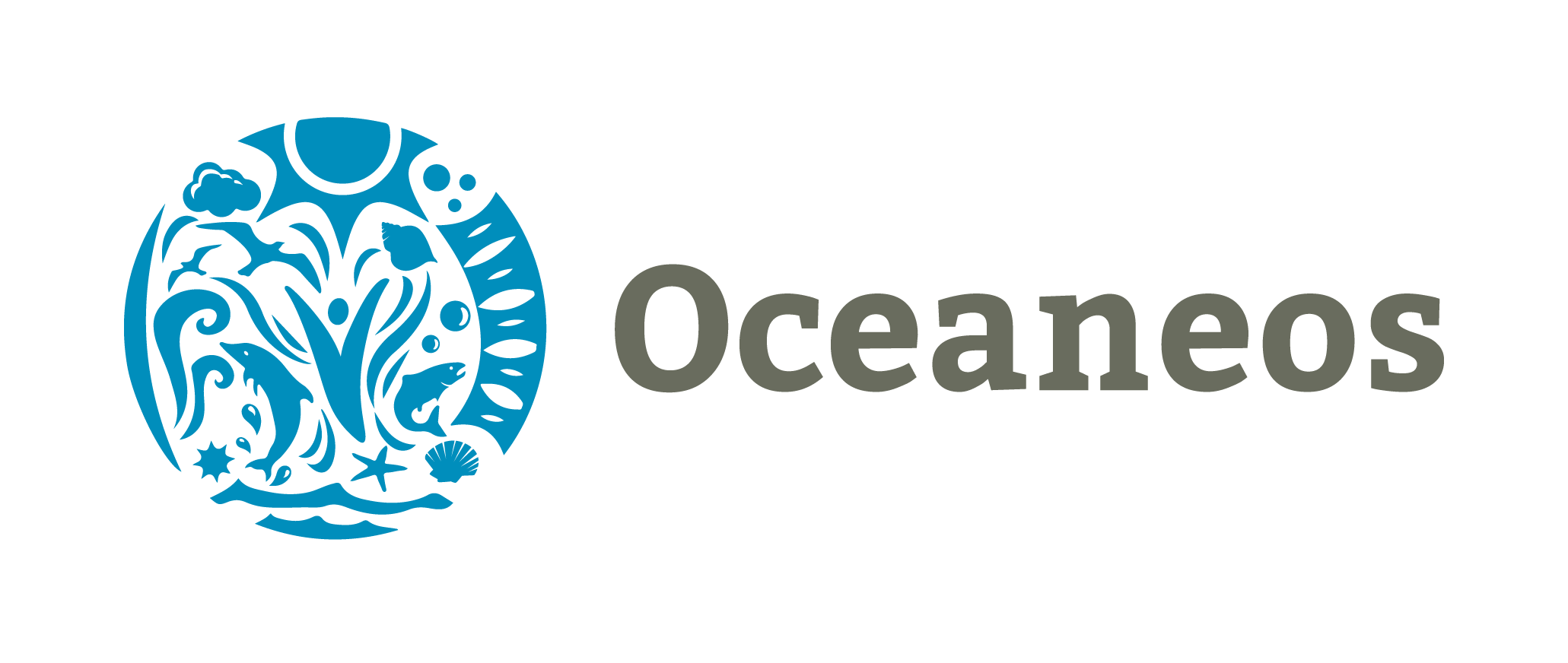Ozone Depletion
Ozone gas in the stratosphere helps protect life on earth by absorbing damaging ultraviolet rays. Man-made chlorofluorocarbons and other ozone-depleting substances are currently causing a downward trend in stratospheric ozone levels over most of the world, endangering all life on Earth.
The depletion is generally more severe at higher latitudes, meaning that the farther an area is from the equator, the greater the loss. The greatest losses, some up to 60 percent, have been observed in the polar regions. Satellite measurements indicate that ozone levels have dropped approximately five percent per decade over North America since 1979, a rate of acceleration that scientists believe is increasing with each decade.
The production, usage, and atmospheric release of CFCs have declined since the Montreal Protocol, an international treaty that was enacted in 1987. However, ozone loss is projected to continue for some time. Researchers explain that this is due to the gradual CFC phase-out schedule and the long average lifetimes of CFCs. The danger is that continued loss of ozone will result in higher levels of UV radiation – and increased exposure to UV rays may be harmful to human health. Biologists also warn that it could have a detrimental effect on both terrestrial and marine ecosystems.
Marine ecosystems show considerable evidence that continued depletion of ozone will lead to increased penetration of UV into the upper layers of the ocean, resulting in damage to various forms of marine life such as phytoplankton, the single-celled organisms at the base of the marine food web. Researchers have shown that excessive UV radiation can impair photosynthesis, inhibit phytoplankton growth rates, and cause lethal DNA damage.


